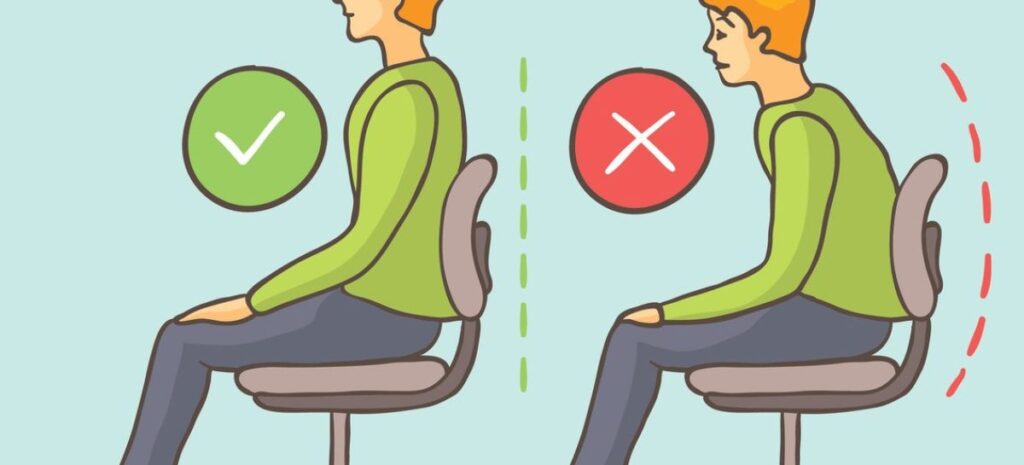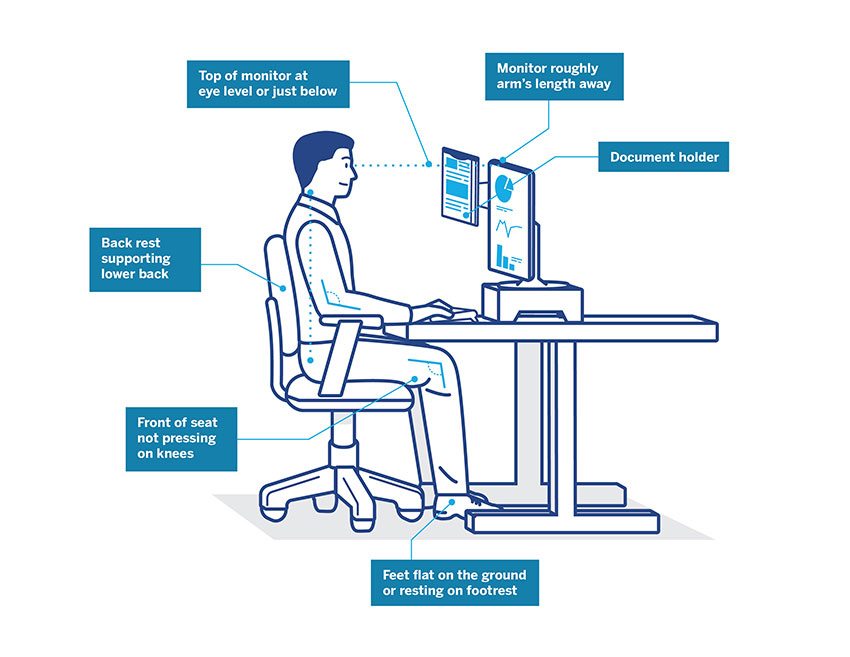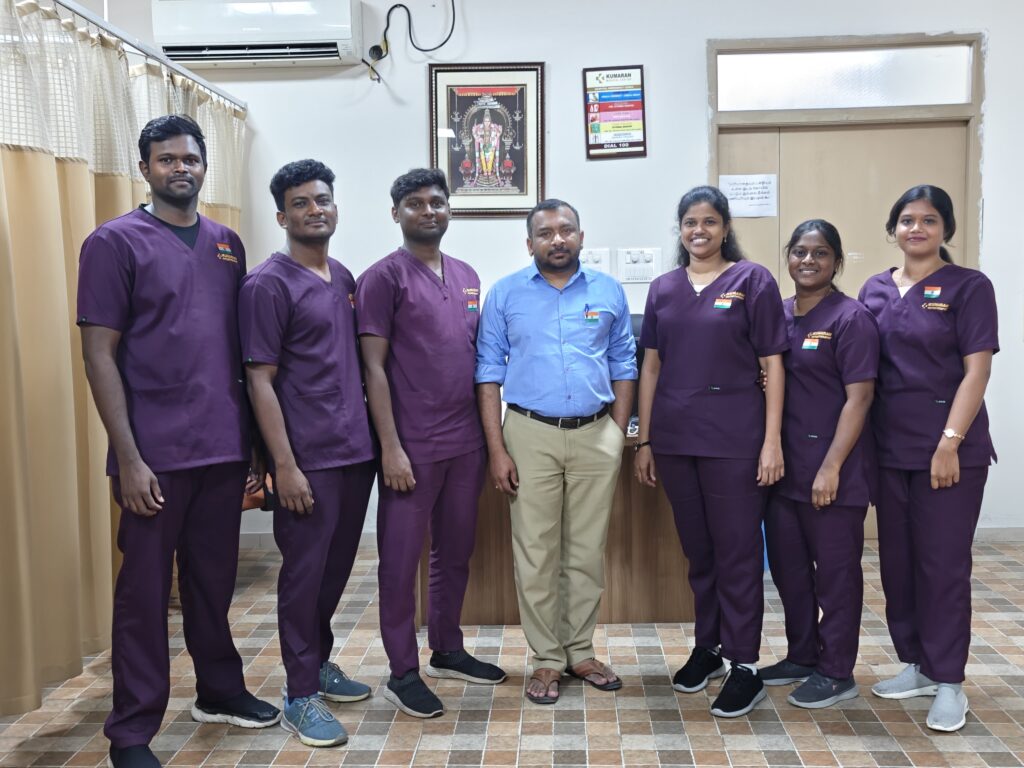Prevention and Management of Low Back Pain
Low back pain – a pain that people nowadays start experiencing in their 20s due to work and starts to take its intensive range in their 30s. It is commonly described as discomfort or pain that occurs below the rib cage (costal margin) and above the buttocks (inferior gluteal folds) and lasts for at least weeks. This condition may or may not involve referred leg pain. It affects people across all age groups and can have an impact on our daily lives.

Prevalence:
Globally, by 2020, an estimated 619 million people (around 10% of the world’s population) were suffering from low back pain. According to WHO projections, this number is expected to rise to 843 million by 2050.

In India, the count is even higher, with 19.8% of the population affected. Nearly 20 out of every 100 individuals in India report low back pain.
Causes and Risk Factors:
Several causes and risk factors contribute to the onset of low back pain, including:

- Trauma: Injuries to the spine or surrounding tissues.
- Degeneration: Conditions like disc bulge and herniation .
- Poor Posture: Sitting or standing incorrectly for long periods.
- Inflammation and Conditions: Such as ankylosing spondylitis or sacroiliitis.
- Metabolic Causes: Osteoporosis, leading to weakened bones.
Times to Take Back Pain Seriously!
It’s important to recognize when back pain could be a sign of a more serious condition. Seek medical attention if you experience any of the following:
- Lower limb pain, numbness, or weakness, which may suggest a prolapsed disc, fracture, or cancer.
- Fever or night sweats, potentially indicating an infection like tuberculosis or rheumatic conditions.
- Unexplained weight loss or loss of appetite, a possible sign of cancer or other serious diseases.
- Joint pains accompany back pain, which could indicate an autoimmune disease.
- Pain that worsens at night or during rest, may be due to infections or tumours affecting the spine.
If your back pain persists for more than six weeks or is accompanied by any of these symptoms, it’s crucial to consult Our physiotherapist for further evaluation.
Prevention is better than cure!
Taking proactive steps can reduce the risk of developing low back pain. These preventive strategies include:

- Maintaining proper posture while sitting and standing.
- Using correct lifting techniques to avoid back strain.
- Regular physical activity, including stretching and strengthening exercises.
- Managing weight to reduce stress on the spine.
- Avoiding prolonged sitting or standing.
- Wearing proper footwear that supports good posture.
- Ensuring an ergonomic work environment.
How to Manage?
For those already suffering from low back pain, a combination of treatments can be effective. Recommended management strategies include:

- Stretching exercises to improve flexibility.
- Strengthening exercises to build core stability.
- Low-impact aerobic exercise to promote overall fitness without overloading the spine.
- Manual therapy to relieve pain and tension.
- Postural training and education to correct harmful habits.
- Pain relief modalities such as heat therapy or acupuncture.
- Functional training to restore daily movement.
- Lifestyle modifications to improve overall health.
Kumaran Medical Center’s Commitment to Your Spine Health
At Kumaran Medical Center, we offer specialized care for low back pain with a focus on prevention, diagnosis, and treatment. Our experienced professionals use state-of-the-art techniques to ensure personalized care and help you regain a pain-free life. Join us today to feel the difference!
our team of physiotheraphist is always here to help.

